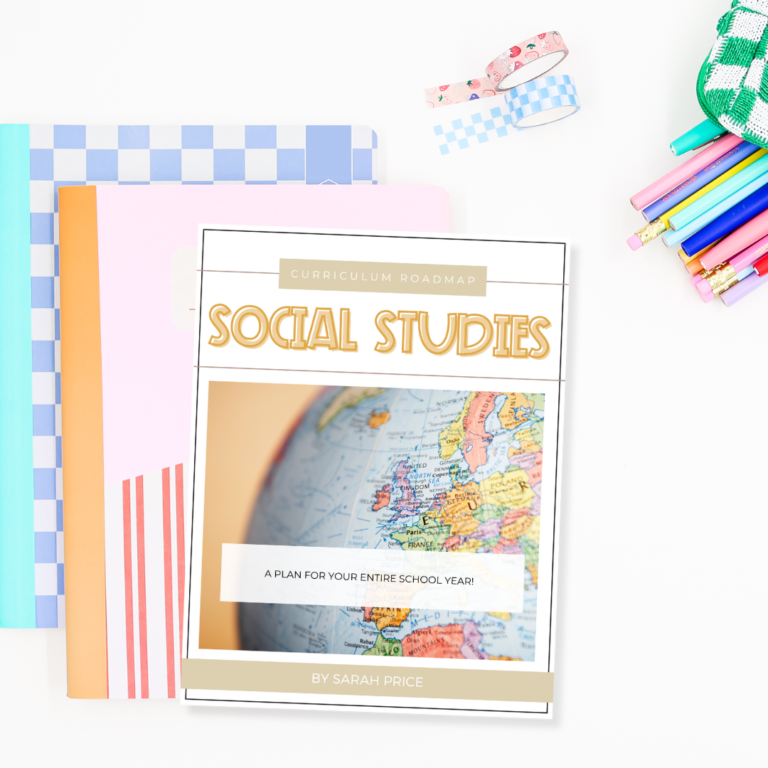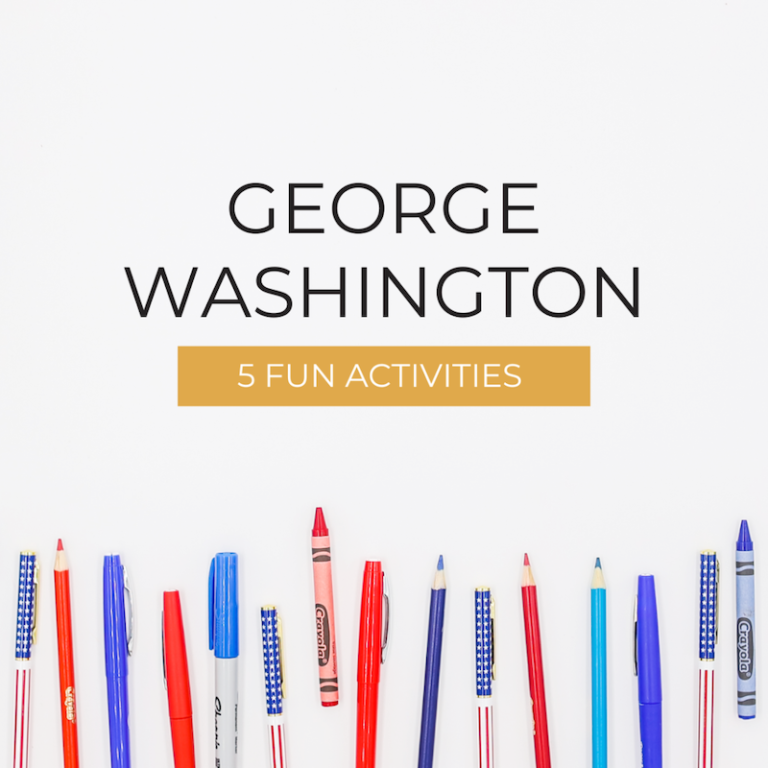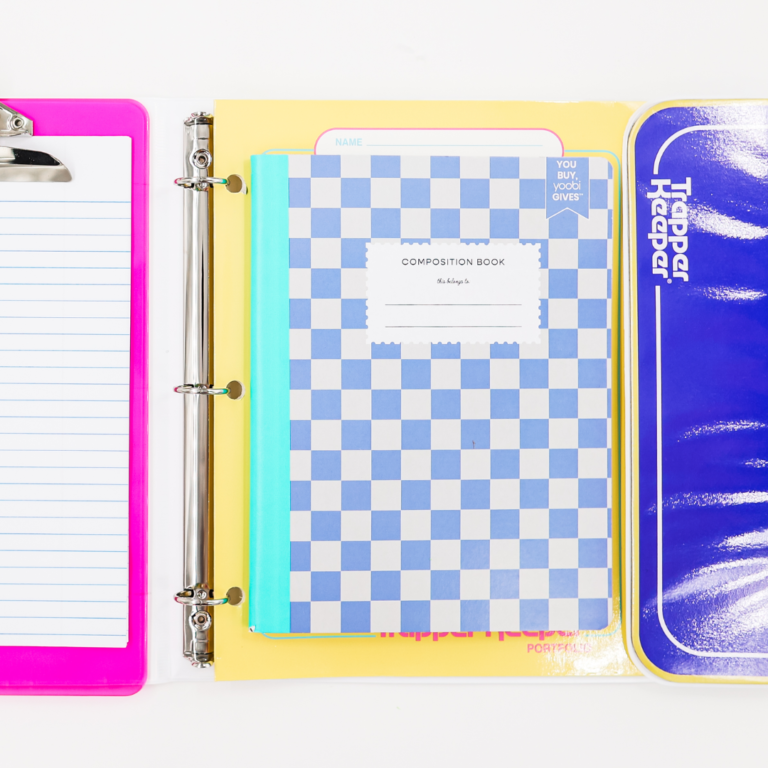Heat Energy Lessons – Engaging Science Activities for Kids
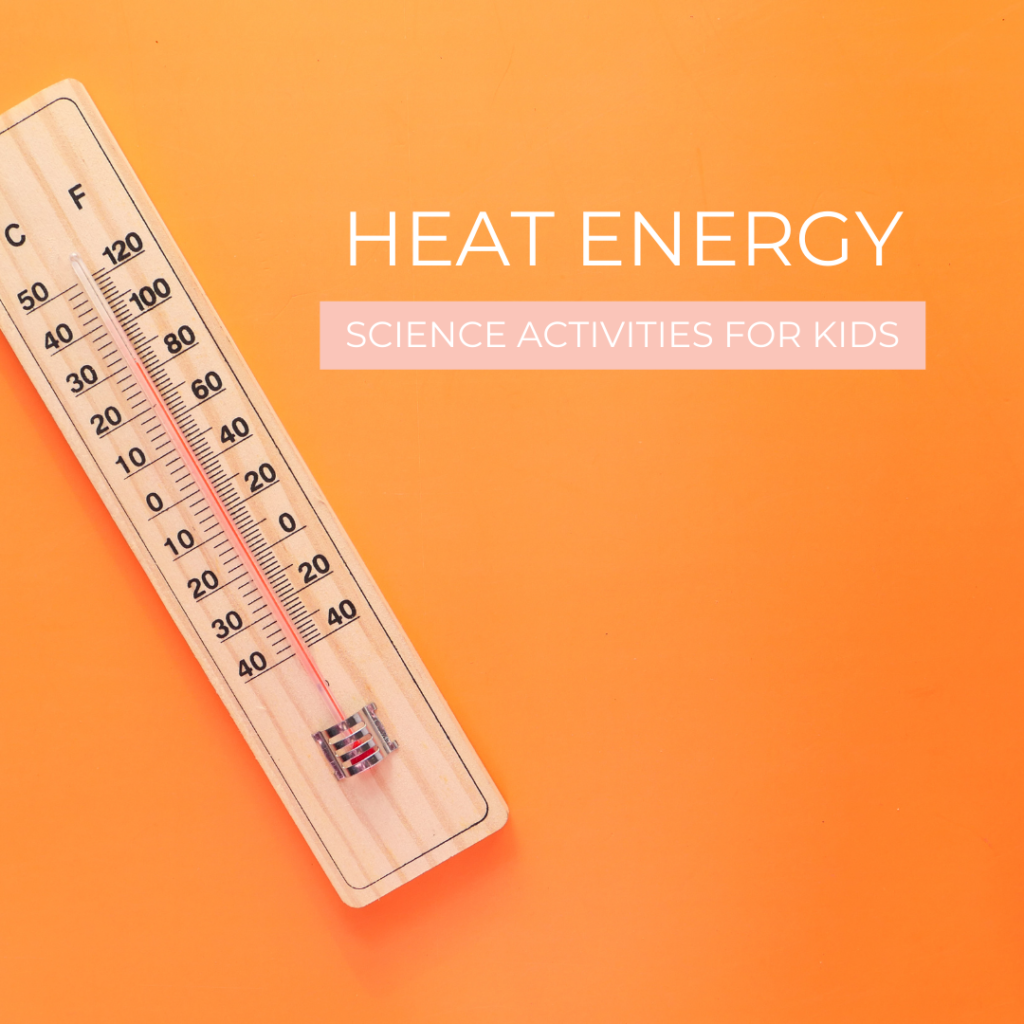
Are you starting a unit on forms of energy? Planning a unit on teaching heat with our students in mind means making sure to add in some fun hands-on experiments! In this post, I’ll discuss some great heat energy lessons for kids and experiments that they will love!
Heat Energy Lessons: How to Teach Heat Energy to Kids
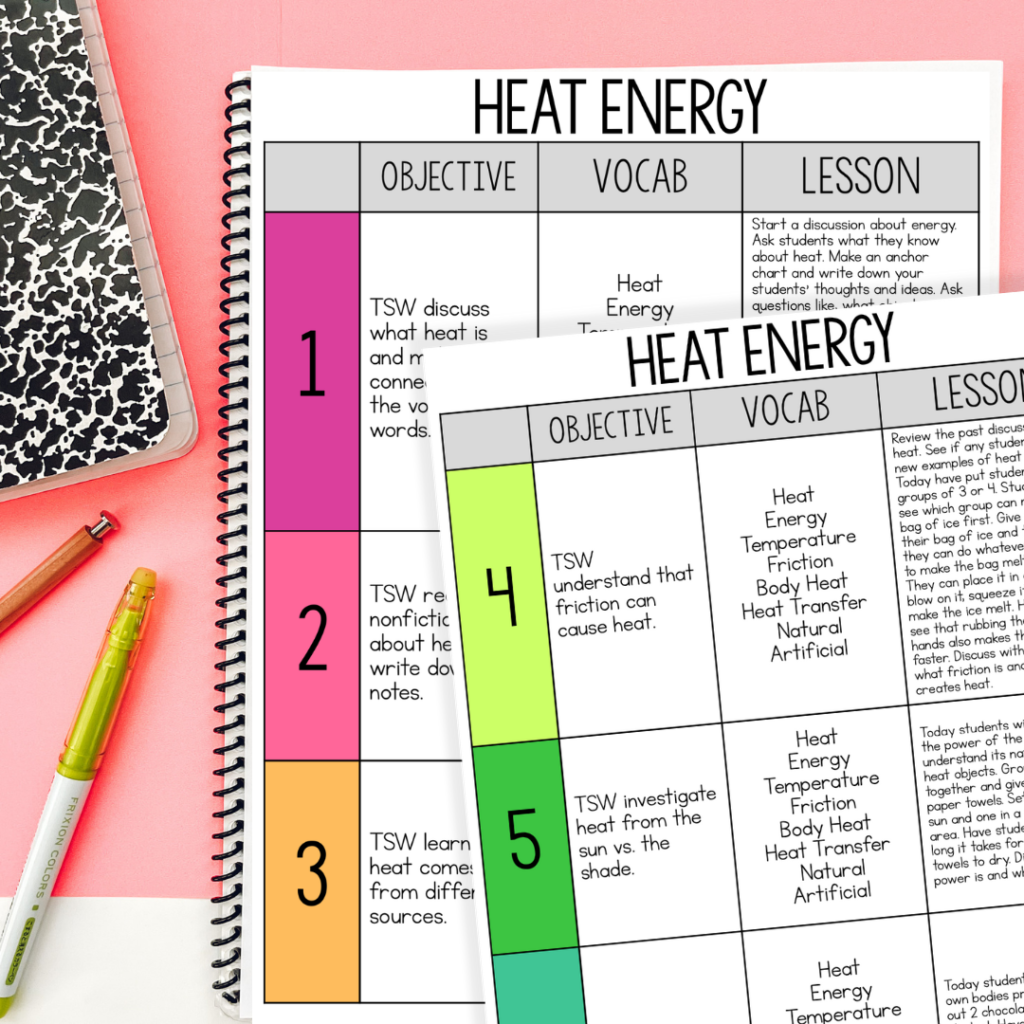
You might be thinking, what is the best way to teach heat energy to kids? When teaching heat, you should cover some important key concepts.
First, students should understand that heat is an energy that can be felt. I also make sure to teach my class that heat is created by small atoms and molecules that move around. Lastly, In my heat energy lesson plans, I include activities that teach sources of heat, how heat moves, and friction.
Heat Energy Lessons: FREE Forms of Energy Anchor Charts
Grab some free anchor chart templates to help you teach your class about sound, light, and heat energy!
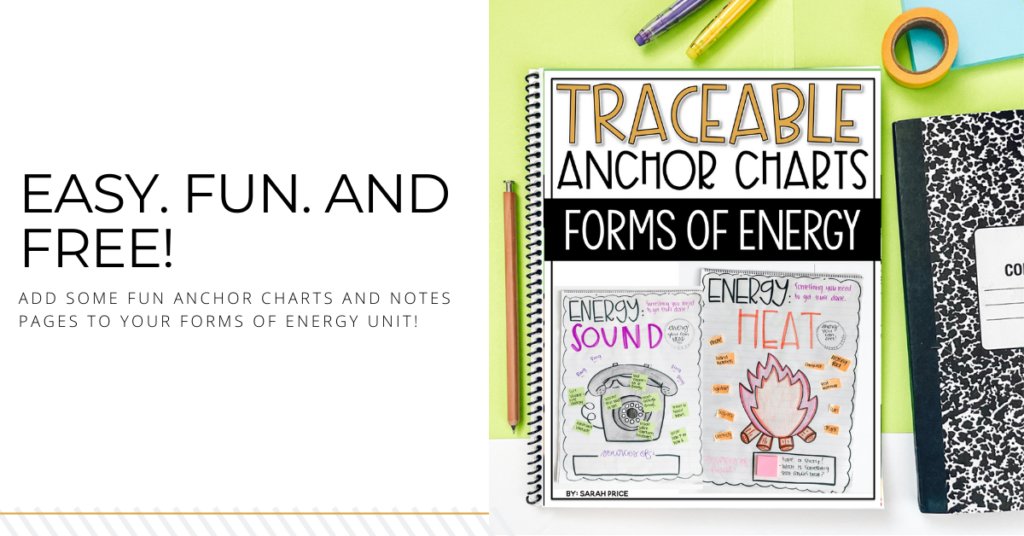
Heat Energy Lessons: Where does Heat Come From?

One of the first activities I have my class do when learning about heat is to explore different sources of heat. I teach my class about the difference between natural and artificial sources of heat. One of the best ways to do this is by exploring your school or going on a scavenger hunt to find different examples of heat.
I have students fill out a recording sheet with heat sources that they see. Once we finish the activity, we talk about which ones are natural and which ones are artificial.
Heat Energy Lessons for Kids: Experiments
One of the best ways to teach students about a new topic is through a fun, hands-on experiment. Here are 3 equally fun activities that I like to add to my heat energy lessons. BONUS, my class loves to do these low-prep experiments each year, and they always show a better understanding of heat energy afterward.
1. Investigate Ways to Make Heat
Authentic, hands-on learning is always my favorite way to teach science.
One of the first experiments that we talk about is sources of heat. Students will learn that there are different ways we can create heat.
In this experiment, students will learn that friction causes heat and can make the ice melt. This is a great, simple experiment since it requires very little materials and time.

What you’ll need:
- Ice
- Plastic bag
- Timer
- Lab sheet
- Pencil
Directions:
- Pass out lab reports to your students.
- Make groups of 3-4 students.
- Give each group a bag of ice. Then, tell them they are going to race to see who can melt the ice the fastest.
- Tell the students they can do whatever they want to try and make the bag melt the fastest. ex. They can place it in a sunny spot, blow on it, squeeze it, etc.
- Once students have had time to explore different ways to make the ice melt, show students that rubbing the ice in their hands also makes the bag melt quicker.
- Discuss with the students what friction is and how it creates heat. Record results on their lap reports when they are done.
2. Investigate the Power of the Sun
The next activity that we work on in class is a fun experiment where students learn that the sun is the earth’s largest source of heat.
This experiment is a fun way for students to learn and see how the sun heats things up.
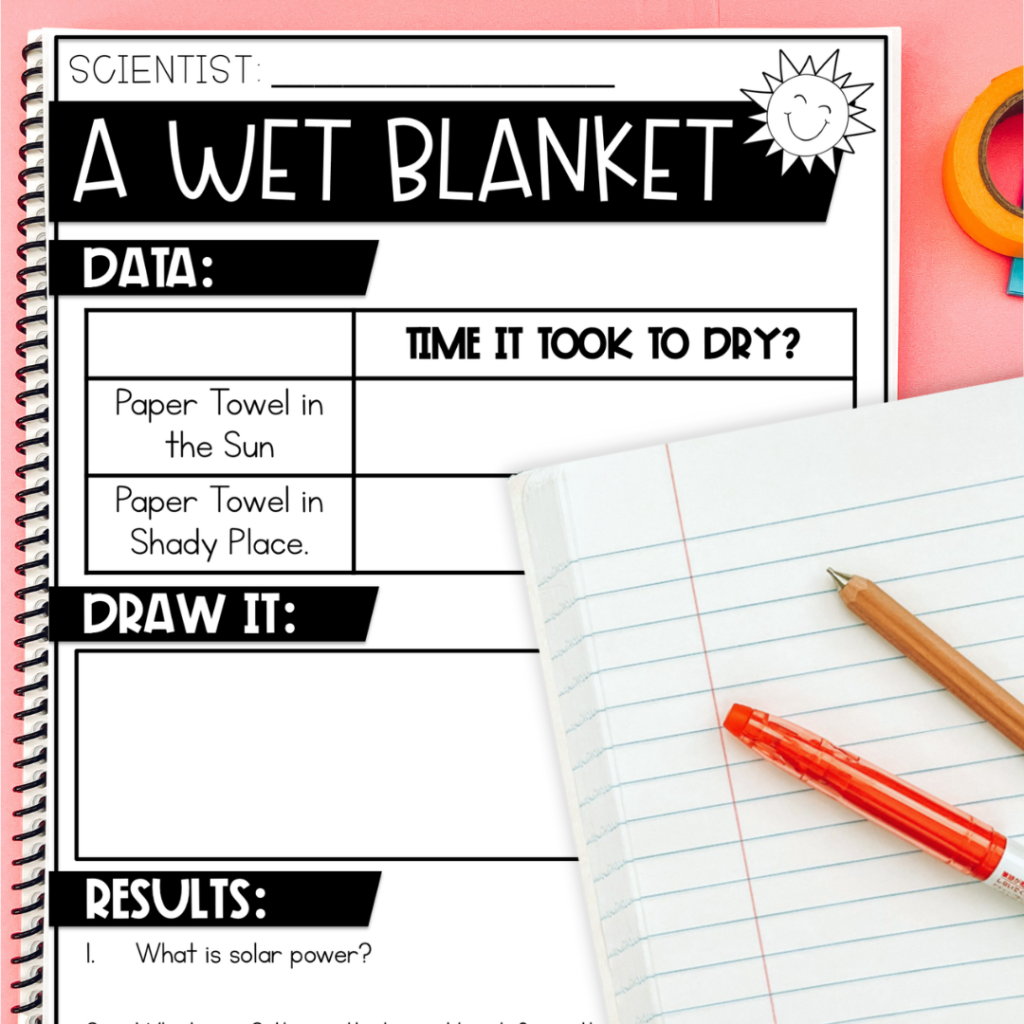
What you’ll need:
- The sun
- Water
- Paper towel
- Timer
- Pencil
- Lab sheet
Directions:
- Pass out lab reports to your students.
- Make groups of 3-4 students.
- Give groups two wet paper towels.
- Set one towel in the sun and one in a dark shaded area.
- Have students time how long it takes for both paper towels to dry.
- Discuss what solar power is and why it is important.
- Record results on their lap reports.
3. Investigate Body Heat
The last experiment that I have my class learn about is one of my favorites. It can get a bit messy, but who doesn’t love chocolate!?
This experiment is a simple way to teach students that our bodies are also a source of heat. Students will see that a piece of chocolate melts quickly in their hand when it is closed vs. an open fist.
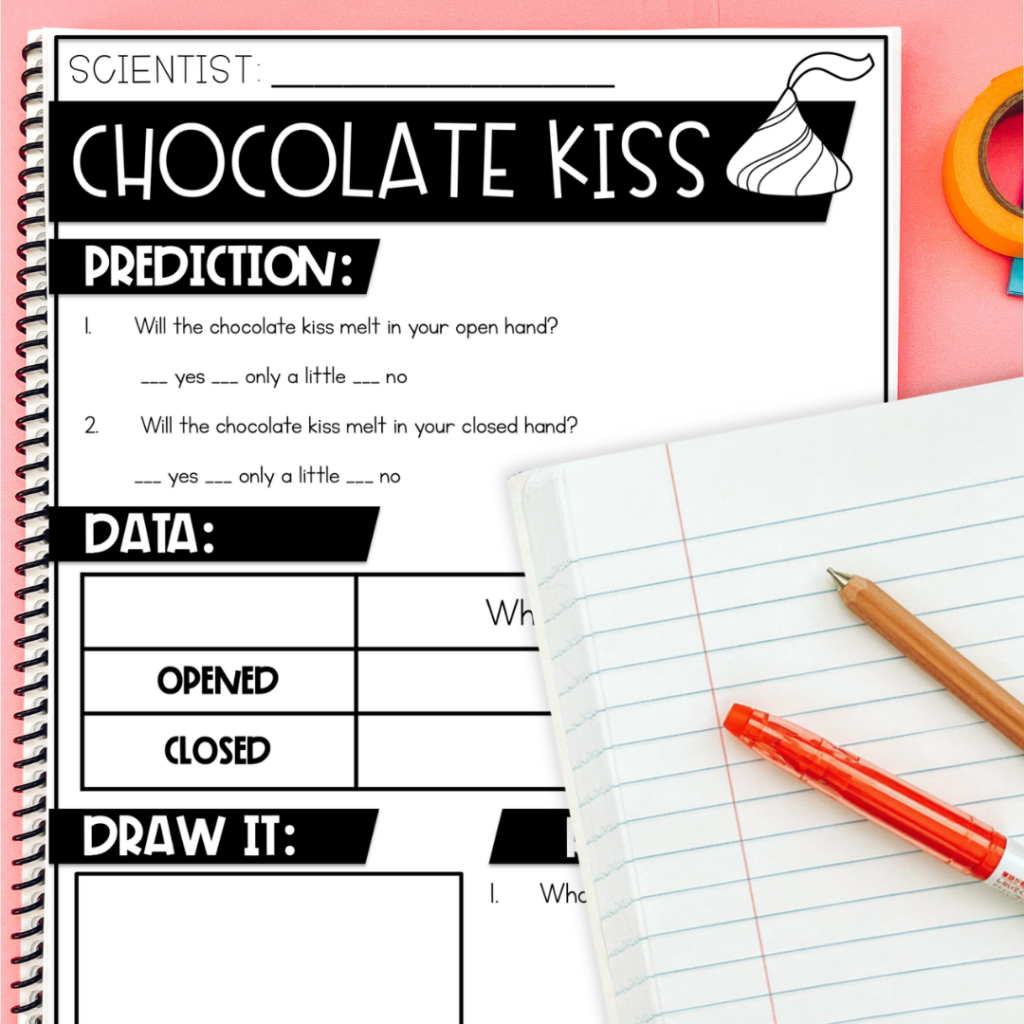
What You’ll Need:
- Hands (open and close)
- Chocolate kisses
- Lab sheet
- Pencil
Directions:
- Pass out lab reports to students.
- Give each student 2 chocolate kisses.
- Have students put one kiss in an open hand and another in a closed fist.
- Students observe which chocolate melts faster.
- Discus with students why a closed fist melts the chocolate faster. Talk to students about body heat.
- Lastly, have students record results on their lap reports.
Make a science journal when teaching sound to 2nd grade!
Teaching sound to 2nd grade can be a ton of fun with the right activities and hands-on experiments. Keep track of what your students learn by making a notebook where they can record their thoughts and ideas.
Heat Energy Lessons for Kids: Shop This Post
The activities in this post are from my Heat Energy Worksheets pack. This is such a particularly fun and interactive way for students to learn about heat.
If you want to start a whole unit on forms of energy, check out my no-prep worksheet pack, where students learn about sound, light, and heat.
Also, be sure to save this post by pinning this to your Pinterest account. That way, teaching heat to 2nd grade is a breeze.
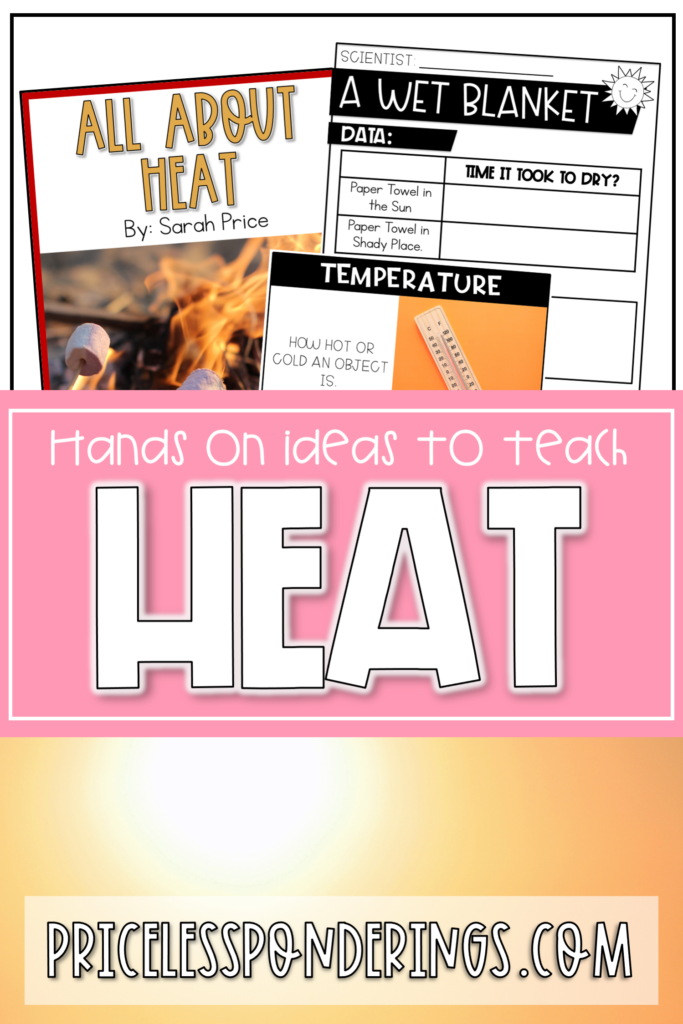
For More Science Activities, Visit These Posts!
FUN PLANT LIFE CYCLE ACTIVITIES (AND HOW TO TEACH THEM)
FORMS OF ENERGY ACTIVITIES FOR KIDS

